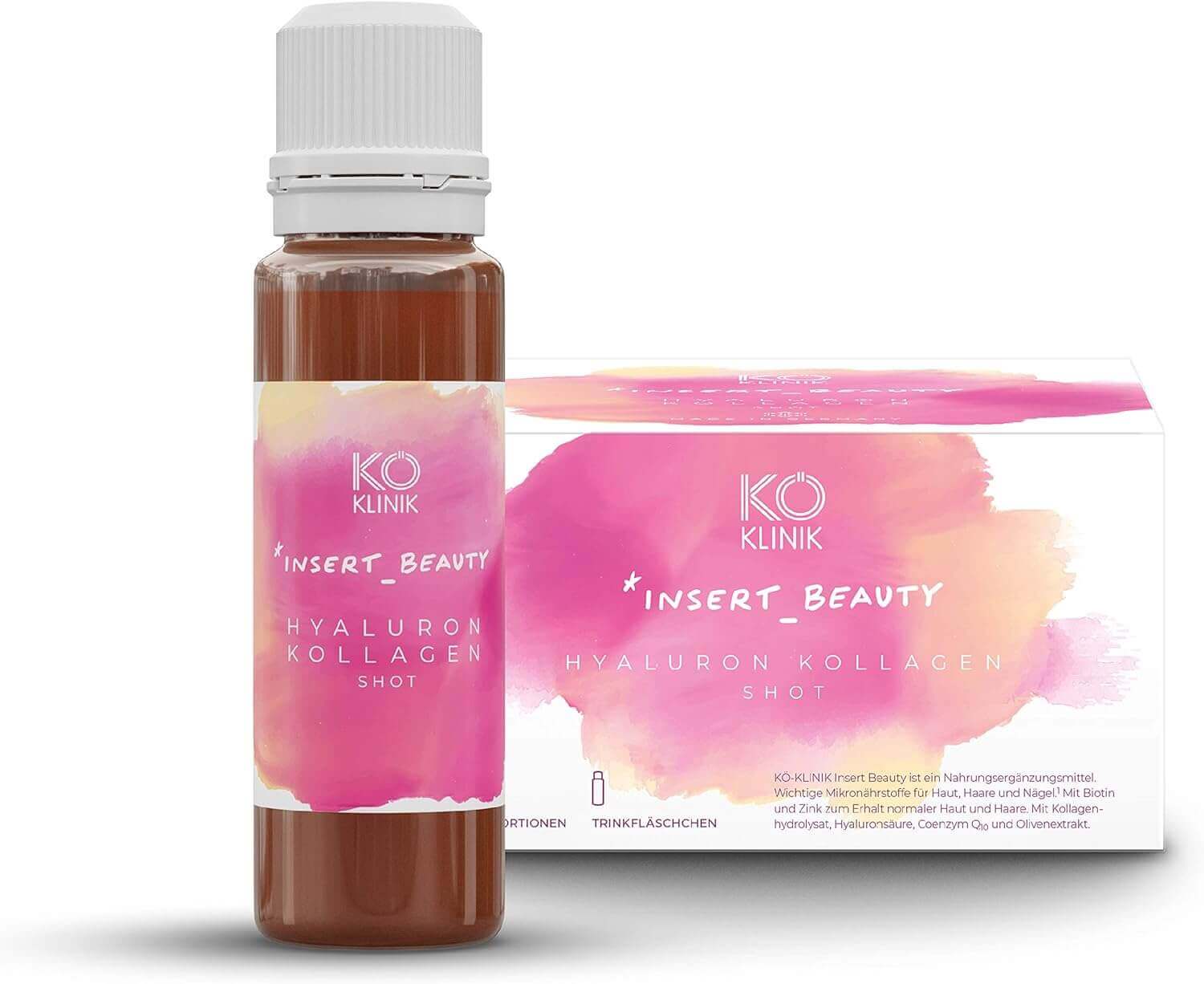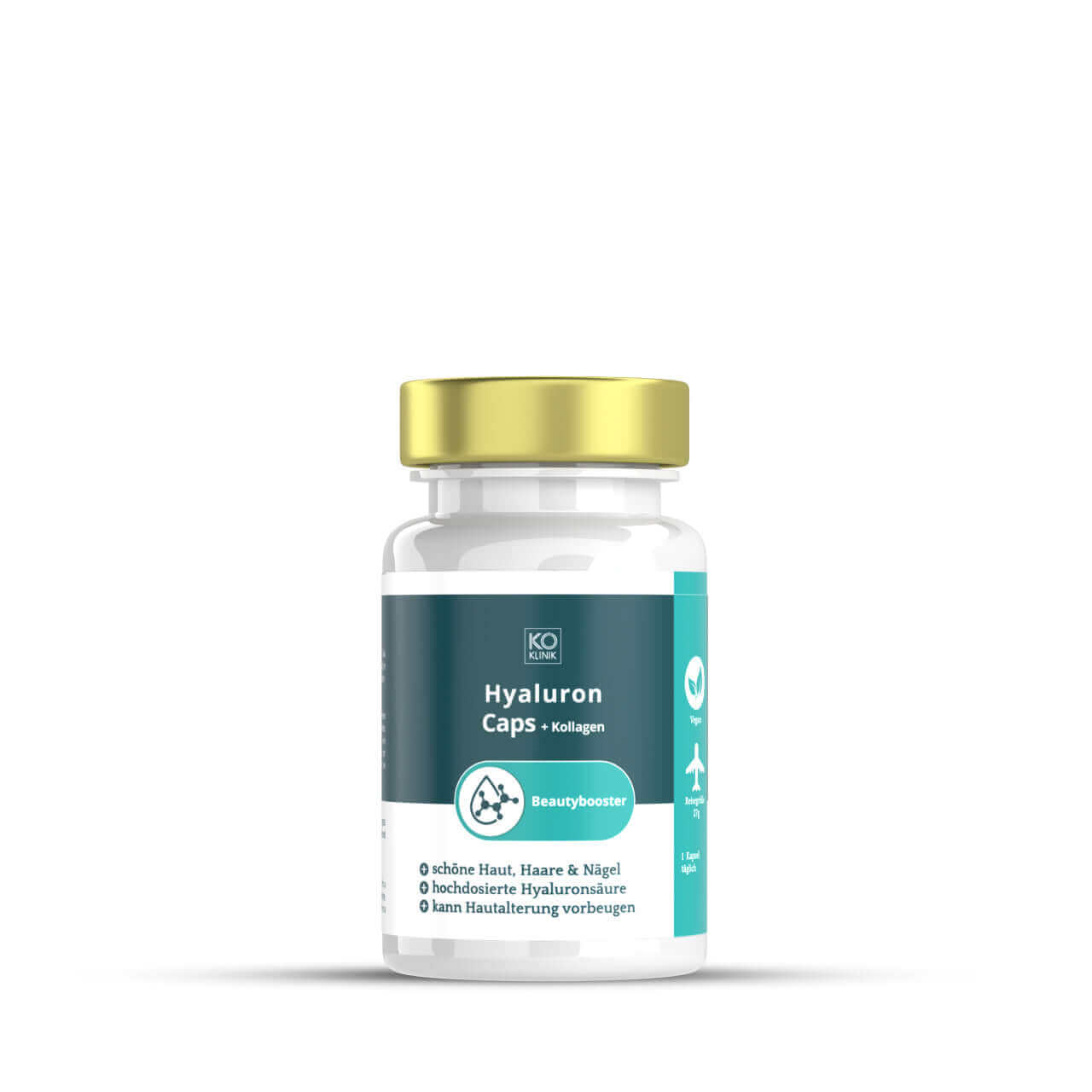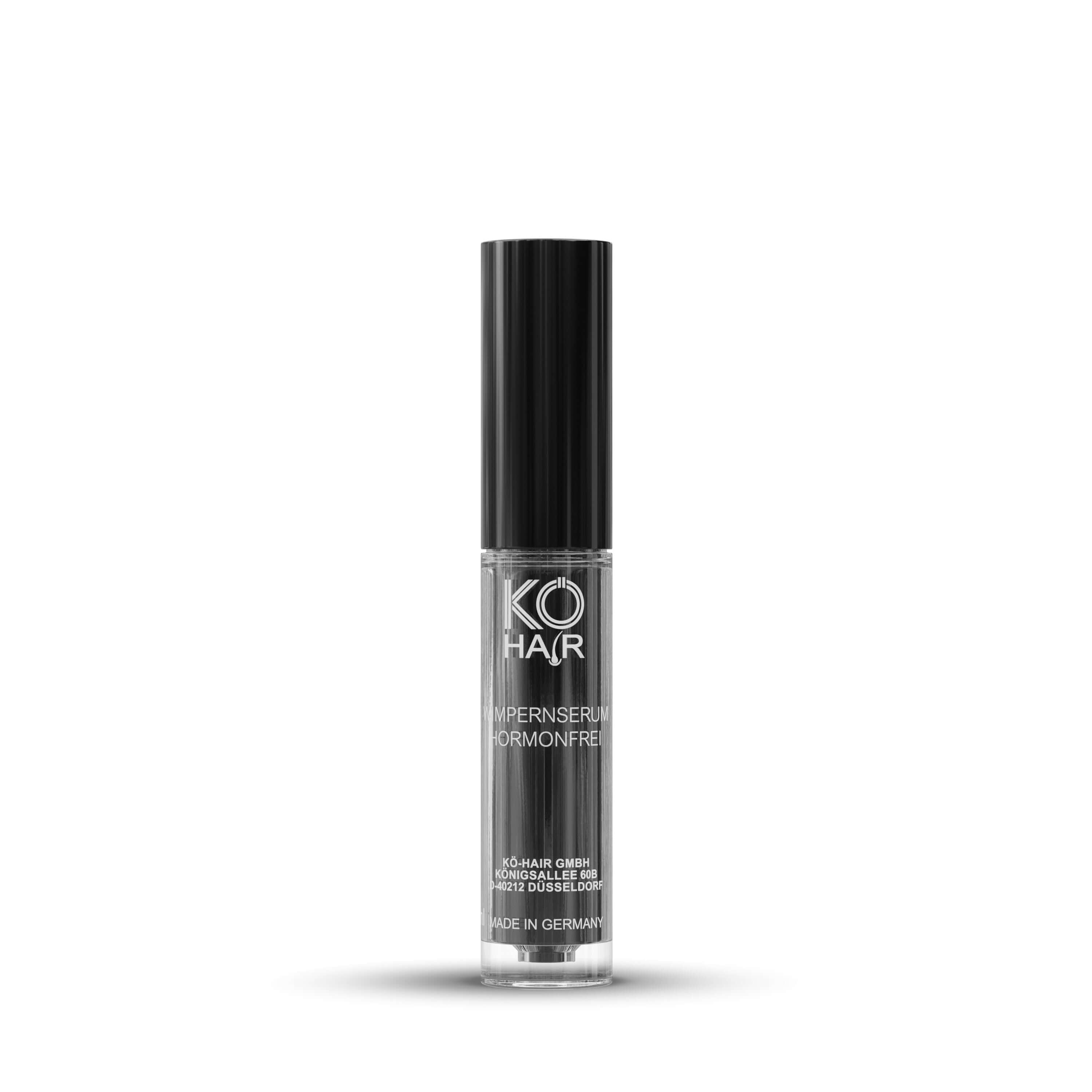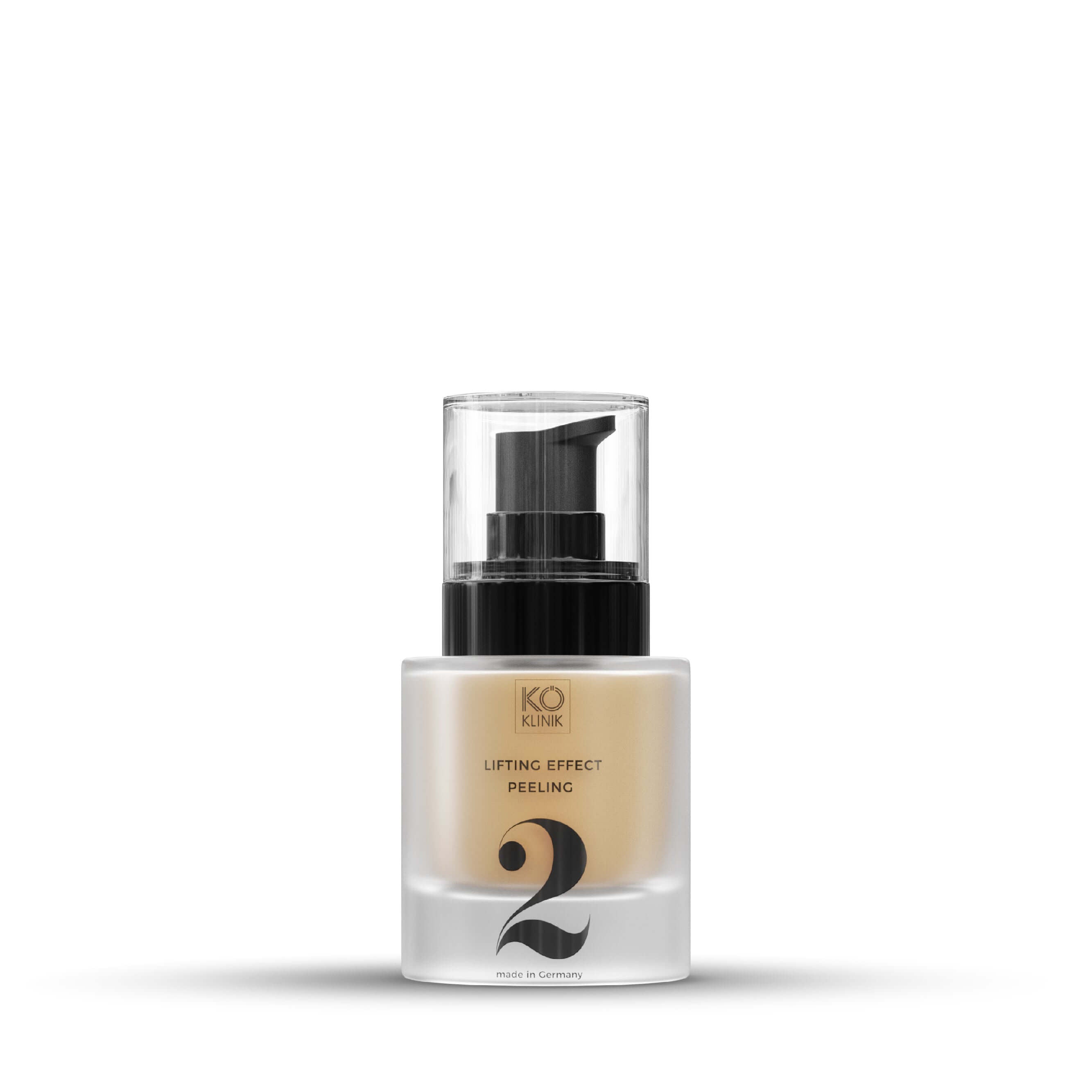Miracle ingredient niacinamide: effect and tips for correct use
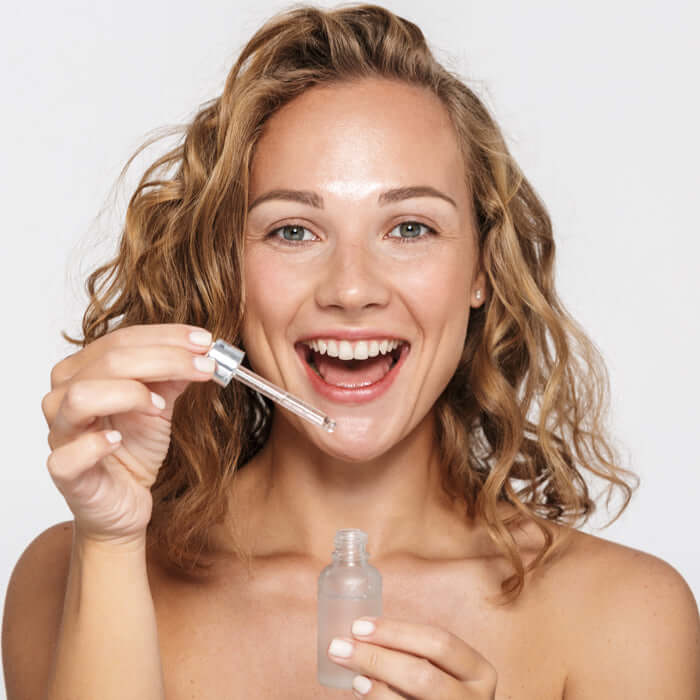
Niacinamide is one of the most exciting ingredients that cosmetics currently has to offer. Niacinamide not only has a diverse effect on the complexion, but is also well tolerated, can be easily combined with other ingredients and is suitable for all skin types. Reason enough to take a closer look at this skincare prodigy.
What is Niacinamide?
Niacinamide belongs to the group of B vitamins, more precisely a form of vitamin B3 that is specifically used in skin care. While vitamin B3 or niamide refers to its occurrence in food, niacinamide basically refers to the active ingredient in cosmetic products.
The human body can produce small amounts of vitamin B3 itself, but the majority must come from food. Fish, poultry, eggs and milk, as well as mushrooms and dates, are particularly rich in vitamin B3. Some of the niamide absorbed in this way is then automatically converted into niacinamide in the body. Nevertheless, it is advisable to also supply the skin with this great active ingredient from the outside.
Niacinamide – effect and tolerability
And what effect does niacinamide actually have on the skin? You don't even know where to start. The way niacinamide works is so diverse that one wonders where this active ingredient has been all these years and how we have lived without it.
Niacinamide can reduce the flow of sebum in the skin and refine large pores. It lightens pigmentation disorders and acne scars and ensures an overall even skin tone. With regular use, skin redness and irritation is reduced and fine lines and wrinkles are smoothed. Last but not least, nianciamide replenishes the skin's moisture level and strengthens its natural protective barrier.
Which skin types is niacinamide suitable for?
Niacinamide is an extremely skin-friendly substance and has virtually no side effects. At the same time, it can be used by all skin types for almost any skin problem. This makes niacinamide one of the most diverse active ingredients in cosmetics.
- Dry skin enjoys the moisturizing properties of niacinamide, can store moisture better and appears plumper and fresher overall.
- combination skin and oily skin, which is prone to impurities, benefits from the antibacterial, anti-inflammatory and sebum-regulating effects of niacinamide.
- At mature skin Niacinamide stimulates collagen production and plumps the skin from the inside out. Fine lines and wrinkles are reduced and the complexion looks youthful and fresh.
- Even sensible Skin is happy about niacinamide because the skin's protective barrier is strengthened in the long term. This soothes the skin and reduces skin redness and irritation.
Does niacinamide have side effects?
Another invaluable advantage of niacinamide in skin care is that it can be combined with all other active ingredients. Even with vitamin C, although there is a persistent rumor that both active ingredients in combination can cancel out each other's effects or even have a damaging effect on the skin. This statement is based on an old study from the 1960s and is no longer valid. The study assumed that products with pure vitamin C and niacinamide were combined, which were also stored at very high temperatures.
Nowadays, skin care products usually contain stabilized derivatives of vitamin C, which are much more compatible with the skin. When stored at room temperature, the simultaneous use of niacinamide and Vitamin C so no problem. On the contrary, both active ingredients are real power players in skin care and complement each other perfectly in their effectiveness. Niacinamide also works well with other antioxidants, peptides and acids.
Use niacinamide serum, creams etc. correctly
Niacinamide is a water-soluble vitamin, so it does not dissolve in oil. Niacinamide is therefore mainly found in water-based cosmetic products such as Serena, toners, creams or face masks. It is advisable to pay attention to the dosage. Niacinamide is considered harmless in skin care up to a concentration of 10%, but also develops its effect in significantly lower doses.
The ideal concentration is between 2% and 5%. In this dosage, niacinamide has an antioxidant and moisturizing effect as well as reducing sebum and being anti-inflammatory. If the skin is very impure, the concentration can also be higher in order to quickly stop the sebum reduction and prevent skin impurities.
Can niacinamide cause initial aggravation?
Every now and then you read that using niacinamide can lead to a so-called initial aggravation. This phenomenon, also known as niacinamide flushing, only occurs in rare cases. It manifests itself as an expansion of the blood vessels, which can result in burning, tingling, reddening of the skin or irritation. The trigger for this is that niacinamide is converted into nicotinic acid in a strongly acidic pH environment.
However, this reaction almost never occurs in a normal care routine. On the one hand, the pH values of care products are stabilized, and on the other hand, you would have to mix a high concentration of niacinamide with a strongly acidic product to cause a niacinamide flush.
Niacinamide is ideal for acne
Thanks to its antibacterial and anti-inflammatory properties, niacinamide can also be used to treat acne. It regulates the flow of sebum in oily and impure skin, so that the pores no longer get clogged as quickly and fewer skin imperfections occur. Niacinamide also provides the skin with valuable moisture without making it greasy or clogging the pores.
Since niacinamide also helps excellently against pigmentation disorders, regular use also permanently reduces acne scars. Overall, the complexion looks clear, even and fresh. This effect against pigment shifts and skin redness has been proven in various studies.

